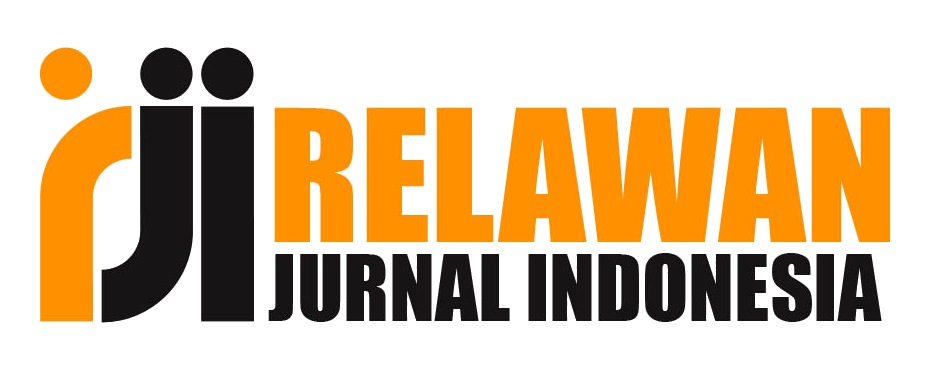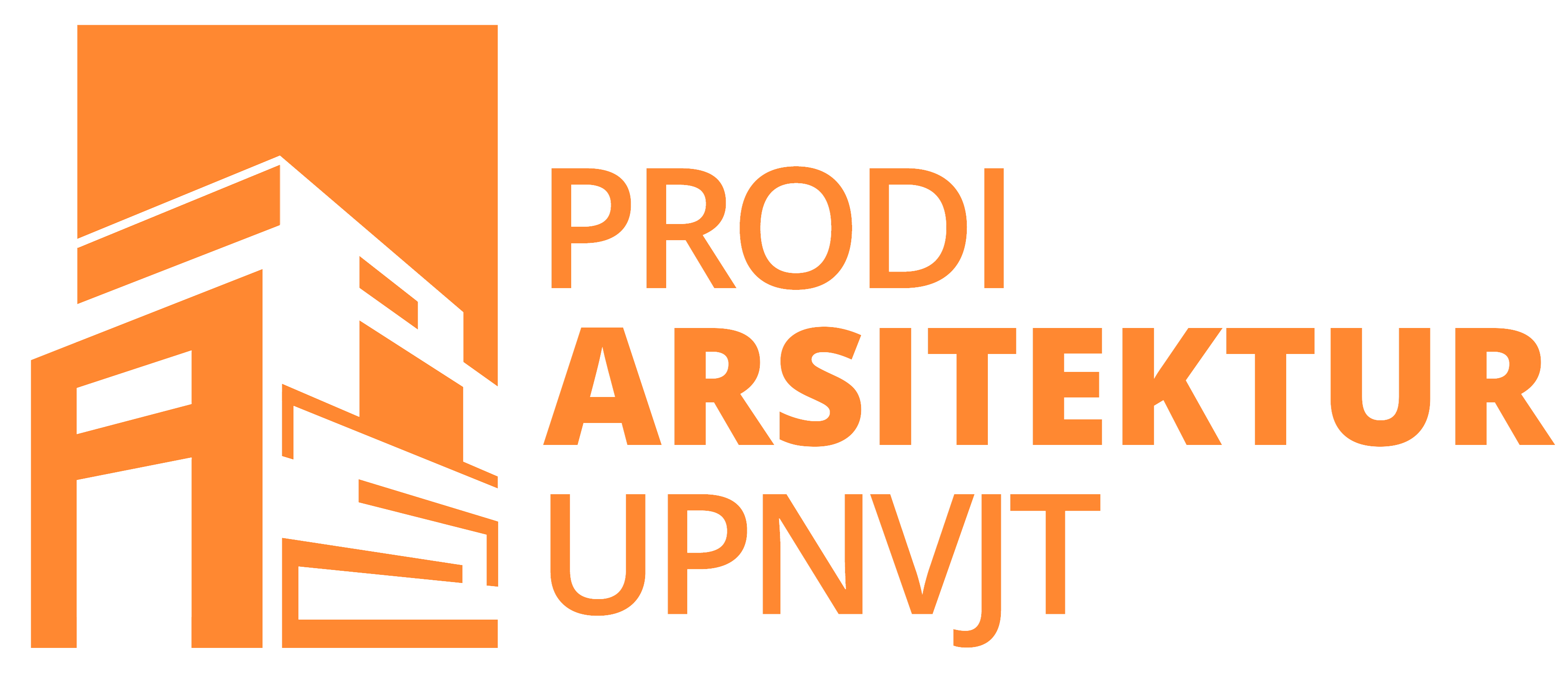AERODYNAMIC HIGH-RISE BUILDING IN STRUCTURAL REVIEW AND DESIGN INTEGRATION
DOI:
https://doi.org/10.33005/border.v6i1.761Keywords:
aerodynamic buildings, design and structure integration, tall building structures, tall buildingsAbstract
Tall buildings that have aerodynamic characteristics are tall buildings that can respond to wind flow and lateral loads that occur on the upper structure of the building. Obstacles in understanding the structural systems in tall buildings often become obstacles for architecture students so design integration cannot be achieved, especially in tall buildings with aerodynamic shapes. Therefore, it is necessary to analyze how the structural patterns that form aerodynamic buildings can be realized using case studies in Indonesia and abroad. The method used in this research is a literature review and analysis with a review of aerodynamic building designs and structures in three building case studies in Indonesia and abroad. It is hoped that by understanding aerodynamic building structural systems, students will be able to combine creativity with their structural systems. Conversely, understanding the structural system can produce design creativity to create an integration of the design and structural system. From the literature review and analysis, it is found that aerodynamic tall buildings have a structural system obtained from twister-shape processing with a composite structural system and a core system. As well as the diagrid system which usually uses a steel diagrid structure system and a core structure system. The core system is still the main reference because its use is more efficient in terms of costs and work methods.
Downloads
References
Ali, M., & Armstrong, P. J. (2010). The role of systems integration in the design of sustainable skyscrapers. International Journal of Sustainable Building Technology and Urban Development, 1(2). https://doi.org/10.5390/SUSB.2010.1.2.095
Ali, M. M., & Moon, K. S. (2007). Structural Developments in Tall Buildings: Current Trends and Future Prospects. Architectural Science Review, 50(3), 205–223. https://doi.org/10.3763/asre.2007.5027
Alkhatib, F., Kasim, N., Goh, W. I., Shafiq, N., Amran, M., Kotov, E. V., & Albaom, M. A. (2022). Computational Aerodynamic Optimization of Wind-Sensitive Irregular Tall Buildings. Buildings, 12(7). https://doi.org/10.3390/buildings12070939
Aminmansour, A., & Moon, K. S. (2010). Integrated Design and Construction of Tall Buildings. Journal of Architectural Engineering, 16(2). https://doi.org/10.1061/(asce)1076-0431(2010)16:2(47)
Aslı Yildiz, Güneş Mutlu Avinç, 2024. Nature Inspired Practices In Super Tall Building Designs: Similarities Of Form. Black Sea Journal of Engineering and Science.
Bungale S Taranath, 2005. Wind and Earthquake Resistant Buildings: Structural Analysis and Design. CRC/Taylor & Francis.
Dominic Munro, 2004. Swiss Re Building London.
Günel, M. H., & Ilgin, H. E. (2014). Tall building: Structural systems and aerodynamic form. In Tall Buildings: Structural Systems and Aerodynamic Form. https://doi.org/10.4324/9781315776521
Hou, F., & Jafari, M. (2020). Investigation approaches to quantify wind-induced load and response of tall buildings: A review. In Sustainable Cities and Society (Vol. 62). https://doi.org/10.1016/j.scs.2020.102376
Ilgin, H. E., & Gunel, M. H. (2007). The Role of Aerodynamic Modifications in the Form of Tall Buildings Against Wind Excitation. Metu Jfa, 2(24).
Irvansyah, Muchlis, N., Krisdianto J., Suryawan WA. (2022). Analisis Kemampuan Siswa SMK Bangunan Jawa Timur Untuk Beradaptasi Pada Penerapan BIM. Jurnal Border, 4(2). https://doi.org/10.33005/border.v4i2.122
Jafari, M., & Alipour, A. (2021). Review of approaches, opportunities, and future directions for improving aerodynamics of tall buildings with smart facades. Sustainable Cities and Society, 72. https://doi.org/10.1016/j.scs.2021.102979
Kim, H. Il, & Shin, S. (2011). A study on innovation in technology and design variation for super tall buildings. In Journal of Asian Architecture and Building Engineering (Vol. 10, Issue 1, pp. 61–68). Taylor and Francis Ltd. https://doi.org/10.3130/jaabe.10.61
Liu, C., Li, Q., Lu, Z., & Wu, H. (2018). A review of the diagrid structural system for tall buildings. Structural Design of Tall and Special Buildings, 27(4). https://doi.org/10.1002/tal.1445
Liu, C., & Ma, K. (2017). Calculation model of the lateral stiffness of high-rise diagrid tube structures based on the modular method. Structural Design of Tall and Special Buildings, 26(4). https://doi.org/10.1002/tal.1333
Megahed, N. A., & Ghoneim, E. M. (2020). Antivirus-built environment: Lessons learned from Covid-19 pandemic. Sustainable Cities and Society. https://doi.org/10.1016/j.scs.2020.102350
Rana, N., & Rana, S. (2014). Structural Forms Systems for Tall Building Structures. International Journal of Civil Engineering, 1(4), 33–36. https://doi.org/10.14445/23488352/ijce-v1i4p106
Saputra, D. H. saputra, & Tua Naibaho, P. R. (2019). A Studi Sistem Struktur Baja Diagrid Pada Bangunan Tinggi. Jurnal Infrastruktur, 5(2). https://doi.org/10.35814/infrastruktur.v5i2.758
Sev, A., Eren, Ö 2010. Diagrid structures as a sustainable strategy for tall buildings, Proceedings of International Sustainable Buildings Symposium, 26–28 May 2010, Ankara, 232–237.
Sev, A., & Tuğrul, F. (2014). Integration of Architectural Design with Structural Form in Non-Orthogonal High-Rise Buildings. Journal of Sustainable Architecture and Civil Engineering, 7(2). https://doi.org/10.5755/j01.sace.7.2.7046
Tanaka, H., Tamura, Y., Ohtake, K., Nakai, M., Chul Kim, Y., & Kumar Bandi, E. (2013). High-Rise Buildings Aerodynamic and Flow Characteristics of Tall Buildings with Various Unconventional Configurations. In International Journal of High-Rise (Vol. 2, Issue 3).
Taşkın, G.N. (2019). A Comparative Study in Alternative Structural System Layouts of Twisted Tall Buildings, Master Thesis, The Graduate School of Natural and Applied Sciences of Middle East Technical University. http://etd.lib.metu.edu.tr/upload/12623410/index. pdf
Vollers, K. J. 2005. High-rise buildings with twisted façades. CTBUH Proceedings of CTBUH (Council on Tall Buildings and Urban Habitat) 7 World Congress: Renewing the Urban Landscape, New York, 16–19 October. Available at: http:// technicalpapers.ctbuh.org (accessed 01.MArch.2014).
Vollers, K.J. (2015). High-rise buildings with twisted facades, 7th World Congress: Renewing the Urban Landscape, NewYork. https://global.ctbuh.org/resources/papers/downlo ad/1755-high-rise-buildings-with-twistedfacades.pdf

















